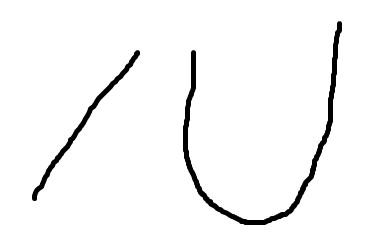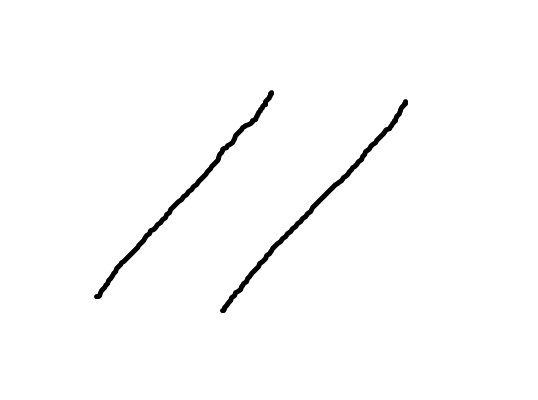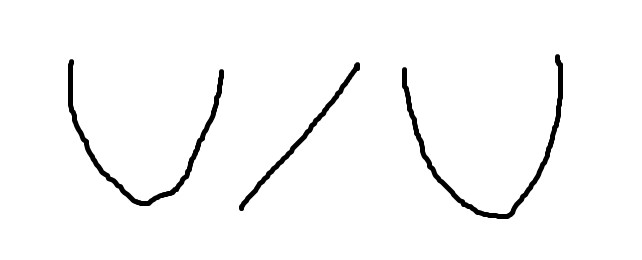VM II: Book Parts 1-3
1/62
There's no tags or description
Looks like no tags are added yet.
Name | Mastery | Learn | Test | Matching | Spaced | Call with Kai |
|---|
No study sessions yet.
63 Terms
What are the four agreements?
Don’t make assumptions, Don’t take anything personally, Always do your best, Always be truthful with your word
Lexicon
Look up words you don’t know before analyzing the text
Poetry
Feel instead of think, affects the mind on a subliminal level, written in distinct lines; Communes, is magical, is illumination, transcends reality, intuitive, evocative
Prose
Goal is to communicate something, less sophisticated, written in large blocks of text; communicates, records and reproduces nature, is useful, is knowledge, transcribes reality, descriptive, informative
Stress
A weight of energy given to a beat of a foot
Unstress
A dip in energy running counter to a beat
Scansion
Rhythm of the verse/study of the structure of the lines
Rhythm of verse
Mimics the beating of a heart - more iambic means more steady and sure
Mono syllabic line
A line meant to have weight, slow down and analyze the importance
Elision
Compression of a syllable, where the unstressed syllable is omitted (know’st instead of knowest)
Word expansion
Stretching a vowel to take up more syllables (it is instead of tis)
Meter
The schematic of beats (based on number of feet)
Pentameter
Five feet meter
Iamb
Unstressed - stressed

Trochee
Stressed - unstressed

Anapest
Unstressed - unstressed - stressed

Spondee
Stressed - stressed

Secondary Spondee
Slightly less stressed - stressed

Pyrrhic
Unstressed-unstressed

Dactyl
Stressed - unstressed - unstressed

Feminine/weak ending
A line ending with an extra unstressed syllable
Amphibrach
Unstressed - stressed - unstressed

Headless line
A line of verse with only nine syllables, with the first foot missing its unstressed syllable
Catalexis
The state of lacking a syllable in the last foot of a line
Catalectic Trochaic Tetrameter
Verse where each line of a speech has four feet, where the first foot is always a trochee and the last foot is always a catalexis (used for supernatural speech, think witches from Macbeth)

Enjambent
The continuation of a complete idea from one line to the next without pause
Endstop lines
A thought comes to a logical pause, suspension, or end at the end of a line of verse
Roller Coaster Effect - Line Endings
Ends of lines or thoughts should not stop the speech. Instead they should be the highest point on a roller coaster that launch you to the next line/idea. Sir Peter Hall describes line endings as energy points
Caesura
A break in the middle of a line of blank verse, often marked with a period or semicolon; sense pause
What are pauses meant to bring out?
The meaning, the mood, or the physical necessity of a breath
What does it (usually) mean for your character if they stay steady with 10 syllables per line of verse?
They are in control/in a steady emotional state
What does it mean if your character speaks in more or fewer than 10 syllables?
Something emotional is happening to them
What is the significance of a monosyllabic line?
They are used for emphasis/creating a strong point of view - Don’t rush!
Partial verse lines
Lines that contain fewer than five metric stresses or have ‘empty feet’ which allow the character to ponder and let the language sink in
Shared lines
A half line speech that is connected by another character’s words, meant to be spoken at a fast pace
What are the steps in “For the Performing Artist” by Gigi Buffington?
1) Freeing the voice from physical or emotional entrapment by creating more room for breath; 2) Connecting the actions of the rib cage and abdomen to support breath and the onset of sound; 3) Producing supported sound in physically challenging situations; 4) Embodying the text and compelling others to listen; 5) Articulation
Check List - Approaching the Text
1) Remember to play the text
2) Use the scansion
3) Support the thoughts all the way through the line
4) Know who you’re speaking to and why
5) Speak on the thought instead of before or after it
6) Use imagery to tell the story
7) Specificity of language without losing tempo
8) Breathe with the thought
9) Know what every word means
10) Drive through the speech and use your tools
Procedure for Scansion
1) Number each line
2) Count Syllables
3) Scan
4) Check for words that can be elided or expanded
5) Check First Folio
6) Activate the language
Quatrain
Four consecutive lines of verse usually with an alternating rhyme (ABAB)
Couplet/Rhyming Couplet
Two consecutive lines of verse, usually within the same meter and joined by rhyme. The last syllable in each is strongly stressed, and there is usually a pause at the ends of lines only
Alexandrine
A verse form composed in iambic hexameter (six feet per line); usually with a caesura after the third foot.
Who speaks in Alexandrine verse?
High born characters engaging in complex ideas and emotions, narrative description, and/or cathartic moment
What is the first folio?
A collection of Shakespeare’s works as they were originally written published in 1623. It allows actors to bypass changes made by modern editors and get closer to what Shakespeare and his actors may have intended (it’s theatrical instead of scholastic)
Who created the First Folio?
John Heminge and Henry Condell
What are irregularities in the first folio?
Stage directions written into the text itself, often removed by editors
How is grammar used differently in the First Folio?
It was written in a way that would give clues/deliver instructions to help new actors learn and play the parts
What is the significance of Long Spelling in the First Folio? (i.e. son versus sonne)
It indicated moments were the actor would extend the words for emphasis due to emotion, a need to communicate an opinion, or an experience that makes them talk differently
What is the difference between capitalization/italicized in modern editions of plays versus the First Folio editions?
More words are capitalized/italicized in the First Folio, and it is important to examine why
How are periods used in the First Folio?
They appear at the completion of a thought, and are more common in the First Folio
Should you breathe at a period in the First Folio?
Not always, especially if the period falls in the middle of a line of verse. It is best to explore different places to breathe based on the piece itself
How are other forms of punctuation besides the period used in the First Folio?
There’s no definitive answer, but they are thought to indicate a change or shift in thought
What is the difference between modern question marks in modern editions versus the First Folio?
They would be used as exclamation marks in certain instances
If a period means “Full Stop” in modern punctuation, what does it mean in Elizabethan Punctuation?
Full stop with emphasis
If a comma means “Short pause, breath” in modern punctuation, what does it mean in Elizabethan Punctuation?
Shift in thought
If a colon is an “introduction to a new idea” in modern punctuation, what does it mean in Elizabethan Punctuation?
Leap into a new thought
If a semicolon is a “pseudo-period, semi-full stop” in modern punctuation, what does it mean in Elizabethan Punctuation?
Continuation of an already stated idea, explanation
Why is it important to explore stage directions in the First Folio?
They can lend new insight into the characters/situation (i.e. Seyton in Macbeth)
What is difference between names and prefixes in the First Folio and modern edits? Why is it important?
Names are more likely to change in the First Folio, sometimes even in the same scene, which can give insight into who the character is. Editors will add prefixes/titles the characters may not have had, which can obscure or diffuse their motivations (i.e. ‘Lady’ Capulet may not have actually been high class)
Ecphonesis ‘O’
An emotional exclamatory moment, an expression of extreme rage, sadness, and elation
How to editors change “Oh” as compared to the First Folio?
Many editorial versions of plays will change “Oh” into “O” even though these two were not intended to carry the same emotional weight
How does the First Folio help determine which syllables should be stressed?
If it’s spelled with an ‘-ed’ at the end of a word it is meant to be stressed, where as unstressed words will end with ‘‘-‘d”
What is the difference between verse structure in modern editions versus the First Folio?
Editors will often break up lines based on how they believe the lines should be read. For example, a complete line that in the First Folio has sixteen beats may be broken into two lines, one with ten beats and one with six.
What are some of the arguments that support breathing at the end of each line of verse? (Note: Santi does not support this opinion on breath)
It differentiates verse from prose, it gives you more breath to give lots of support to each line, it imbues the next line with energy and focus, it is closer to the natural pattern of breathing (people usually don’t naturally wait to breathe until the end of a sentence - they just breathe when they need to)